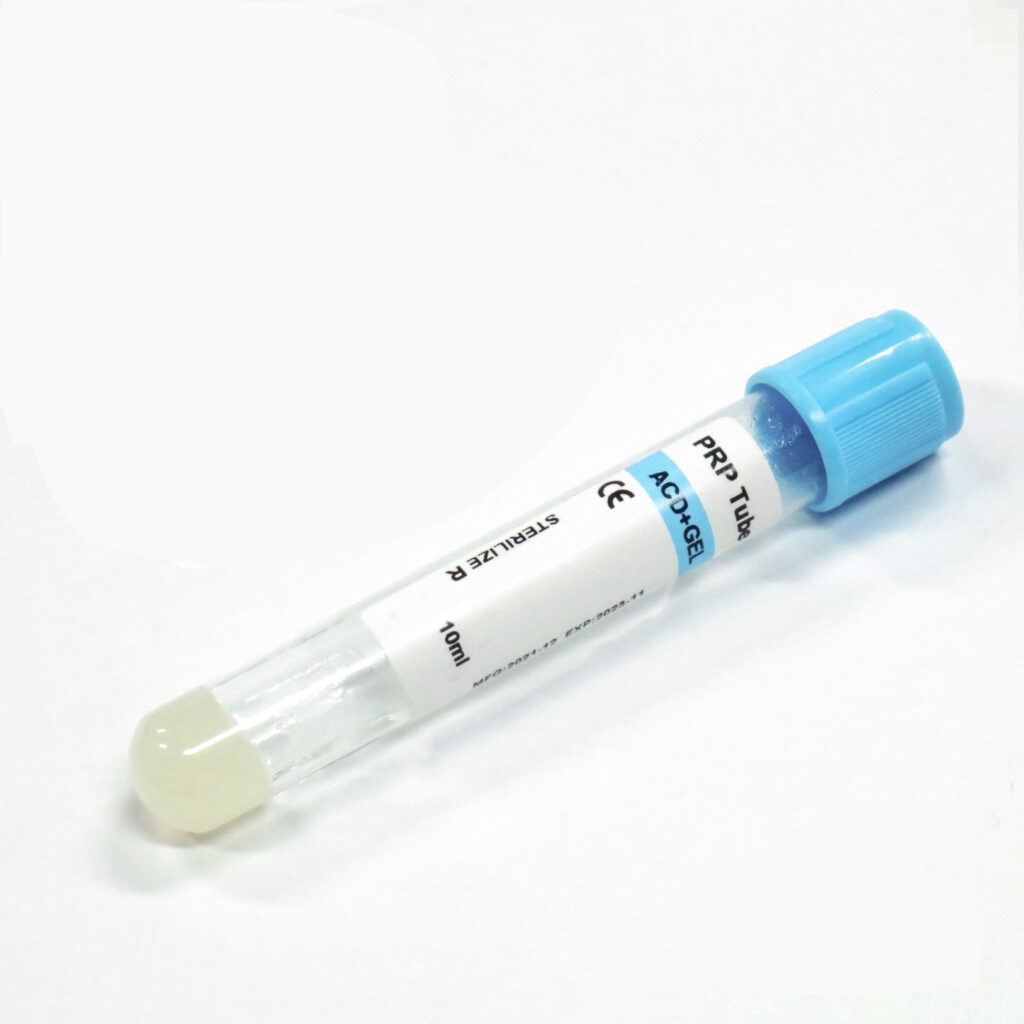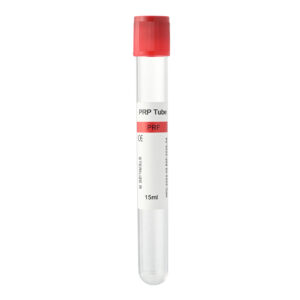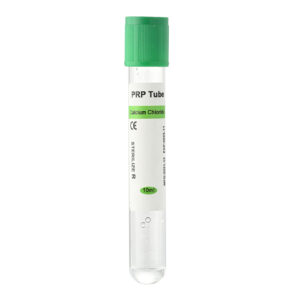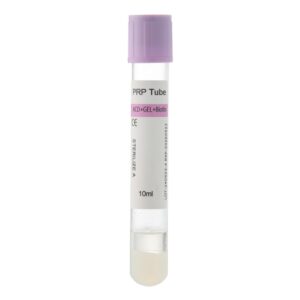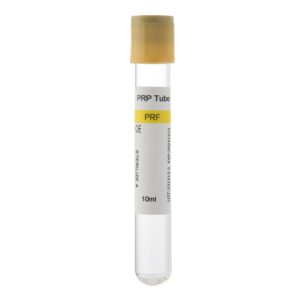What is PRP Therapy?
Platelet-rich plasma (PRP) therapy is a medical procedure that utilizes the platelet-rich components of a patient’s blood to promote healing and regeneration in various body parts. PRP is rich in growth factors and proteins that can stimulate cellular repair and tissue regeneration. It is widely used in sports medicine, orthopaedics, dentistry, and cosmetic dermatology to accelerate wound healing, reduce inflammation, and improve tissue health.
Applications of PRP Therapy
- Sports Medicine and OrthopedicsPRP therapy is extensively used to treat tendon injuries, ligament tears, arthritis, and other sports injuries. By injecting PRP into the damaged tissue, growth factors can accelerate the healing process, reducing pain and inflammation.
- DentistryIn dentistry, PRP is used for periodontal treatments, healing after dental implant surgeries, and tissue repair in other oral surgeries. PRP can promote the regeneration of soft and bone tissues, increasing the success rate of surgical procedures.
- Cosmetic DermatologyIn cosmetic dermatology, PRP therapy is used for facial rejuvenation, hair regrowth, reducing wrinkles, and improving skin texture. Its natural properties make it a safe and effective option for cosmetic treatments.
What is PRP Facial Treatment?
PRP facial treatment, also known as the “vampire facial,” is a non-surgical cosmetic procedure that uses the patient’s PRP to restore skin vitality. This treatment involves drawing a small amount of the patient’s blood, processing it to concentrate the platelets, and then applying or injecting the PRP into the skin. The goal is to stimulate collagen production, improve skin texture, and enhance overall skin appearance.

Steps of PRP Facial Treatment
- Blood DrawA small amount of blood, usually between 10-20 millilitres, is drawn from the patient’s arm.
- CentrifugationThe blood sample is placed in a centrifuge and spun at high speed to separate the components, extracting the platelet-rich plasma. This process typically takes 10-15 minutes.
- PRP ApplicationThe concentrated PRP is applied to the face either through microneedling or direct injection. Microneedling creates tiny channels in the skin to help PRP penetrate and absorb better, while injections deliver PRP directly to targeted areas to treat fine lines and wrinkles.
How Does PRP Work?
PRP contains a high concentration of platelets that include various growth factors and proteins crucial for tissue repair and regeneration. Specifically, PRP therapy works by:
- Promoting Collagen ProductionThe growth factors in PRP stimulate the production of collagen, a critical component that maintains skin elasticity and firmness. Collagen production decreases with age, leading to sagging skin and wrinkles.
- Enhancing Cellular RenewalPRP promotes cellular renewal and regeneration, helping the skin restore its healthy and youthful state. New skin cells replace damaged or aged cells, improving skin tone and texture.
- Accelerating Tissue RepairThe growth factors in PRP help accelerate the tissue repair process, reducing inflammation and promoting wound healing. This makes PRP effective not only in cosmetic applications but also in treating various soft tissue injuries.
PRP Healing Process
- Initial HealingAfter a PRP facial treatment, the initial healing phase includes mild redness and warmth, similar to a sunburn. This usually subsides within a few days. During this time, the skin may feel slightly sensitive, and it is advisable to avoid using harsh skincare products.
- Collagen Production Over the next few weeks, the growth factors in PRP stimulate collagen production and cellular renewal. This helps improve skin texture, reduce fine lines, and even out skin tone. Patients typically start to see noticeable improvements 2-3 weeks post-treatment.
- Long-Term BenefitsThe full effects of PRP facial treatment may take several months to become apparent as collagen continues to rebuild and skin health improves. The results can last several months, with some patients opting for regular maintenance treatments to sustain the effects. Depending on individual differences, results may last six months to a year.
Ideal Candidates for PRP Facial Treatment
- Signs of Early AgingIndividuals with early signs of ageing, such as fine lines and wrinkles.
- Skin Texture and Tone ImprovementThose looking to improve skin texture and tone, especially those preferring natural methods.
- Acne Scars or Other ScarsPeople with acne scars or other scars that PRP can help fade.
- Preference for Natural TherapiesIndividuals who prefer natural methods to improve their skin condition are unwilling to undergo surgery or use chemical products.
Considerations
- Realistic Expectations Patients should have realistic expectations regarding the results. While PRP can significantly improve skin condition, effects may vary among individuals.
- Health Conditions Those with active skin infections or severe skin conditions should consult a professional doctor before undergoing PRP treatment.
- Blood Disorders or Anticoagulant TherapyIndividuals with blood disorders or those undergoing anticoagulant therapy may not be suitable candidates for PRP treatment.
Post-Treatment Care for PRP Facial
- Avoid Sun ExposurePost-treatment skin is sensitive and should be protected from direct sunlight. Using sunscreen can prevent pigmentation issues.
- Gentle SkincareUse gentle, non-irritating skincare products. Avoid using retinoids or exfoliating products for a few days after treatment.
- HydrationMaintain skin hydration by drinking plenty of water and using a good moisturizer. Hydration helps with skin healing and maintaining the results.
- Avoid Makeup. Avoid wearing makeup for at least 24 hours after the treatment to allow the skin to breathe and heal.
- Follow-Up Treatments: Schedule follow-up treatments as the doctor advises to maintain and enhance the results. Regular maintenance treatments are usually recommended every few months.
Potential Side Effects
- Mild Redness and warmth usually subsides within a few days.
- Temporary Bruising or Tenderness injection sites may experience bruising or tenderness, but this is typically short-lived.
- Infection or Allergic ReactionsRarely, there might be a risk of infection or allergic reactions, highlighting the importance of choosing a qualified and experienced practitioner.
Safety of PRP Therapy
PRP therapy is considered relatively safe for several reasons:
- Own BloodPRP therapy uses the patient’s blood components, avoiding the risk of immune reactions and allergies. This makes the treatment process more natural and safe.
- Low Risk of InfectionUsing autologous blood (patient’s blood) reduces the risk of infection. Moreover, a professional medical environment and strict aseptic procedures further minimize the possibility of infection.
- Non-SurgicalPRP therapy is a non-surgical treatment that avoids risks and complications associated with surgery, such as anaesthesia reactions and long recovery times.
- Short-Term Side EffectsMost side effects of PRP therapy are short-term, such as mild redness, bruising, and tenderness at the injection sites. These symptoms usually resolve on their own within a few days.
Conclusion
PRP facial treatment is an innovative therapy that leverages the body’s healing mechanisms, offering a safe, natural, and effective way to rejuvenate the skin. Understanding the process, benefits, and post-treatment care allows patients to make informed decisions and achieve optimal results. Consulting with professional medical personnel to determine if PRP facial treatment is suitable for your skincare needs is crucial.
PRP facial treatment provides significant cosmetic benefits and has fewer side effects and shorter recovery times, making it an ideal choice for many seeking to improve their skin appearance. With regular maintenance treatments, patients can maintain healthy and youthful skin over the long term.

